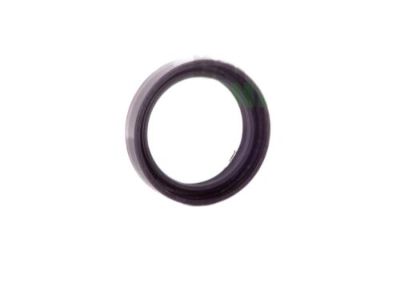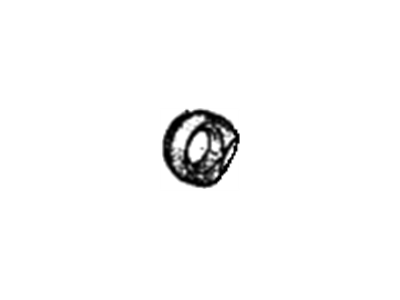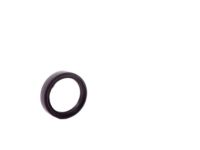×
- Hello
- Login or Register
- Quick Links
- Live Chat
- Track Order
- Parts Availability
- RMA
- Help Center
- Contact Us
- Shop for
- Hyundai Parts
- Hyundai Accessories


My Garage
My Account
Cart
Genuine Hyundai Accent Wheel Seal
Wheel Axle Seal- Select Vehicle by Model
- Select Vehicle by VIN
Select Vehicle by Model
orMake
Model
Year
Select Vehicle by VIN
For the most accurate results, select vehicle by your VIN (Vehicle Identification Number).
1 Wheel Seal found

Hyundai Accent Seal-Oil
Part Number: 51713-21100$11.53 MSRP: $14.90You Save: $3.37 (23%)Ships in 1-3 Business Days
Hyundai Accent Wheel Seal
If you are looking for affordable high-quality OEM Hyundai Accent Wheel Seal, then you have come to the prime place. Our website provides a large amount of genuine Hyundai Accent Wheel Seal at unbeatable prices. All our parts come backed with the manufacturer's warranty.
Hyundai Accent Wheel Seal Parts Questions & Experts Answers
- Q: How can the Wheel Seal be repaired to stop oil leaks from the driveaxle oil seals and speedometer drive gear o-ring without removing the transaxle on Hyundai Accent?A:Oil leaks may be attributed to the deterioration of the driveaxle oil seals or the speedometer drive gear O-ring In this case the replacement of these seals is relatively simple as the foregoing repairs may be done without having to remove the transaxle from the car. Driveaxle oil seals are mounted at the transaxle sides at the locations where driveaxles join. To check for leakage, lift the vehicle and safely put it on jackstands; if the seal is leaking, lubricant will drip down either sides of the transaxle. To eradicate the oil seal, an individual has to apply the use of a screwdriver, or a pry bar, to detach it from the transaxle bore with the large end of the screwdriver being inserted behind the oil seal. If this turns out to be hard, one has to get a special oil seal removal tool, which is mostly available at auto parts shops. When fitting the new oil seal, this should be lubricated with a thin layer of grease on the flared outer lip, then driven into the bore using a length of pipe or deep socket as a drift so that the seal is square and to had in place. During tightening of the driveaxle(s), ensure that the lip of the new seal is not damaged in the proces. These are located on the transaxle housing, besides looking for NDS clearance check for lubricant around the cable housing to show leaks from the O-ring. Remove the speedometer cable from the transaxle and put a new O-ring on the driven gear housing on the speedometer cable before reinstalling.
















